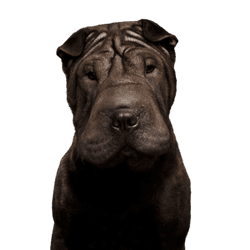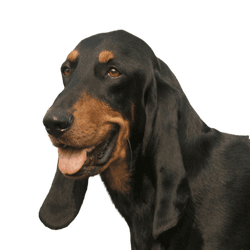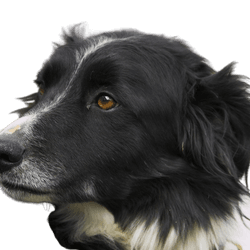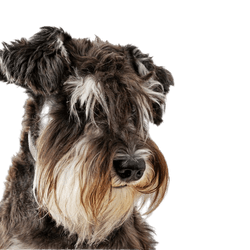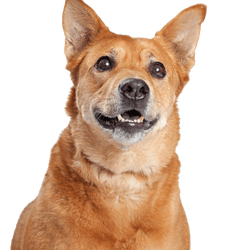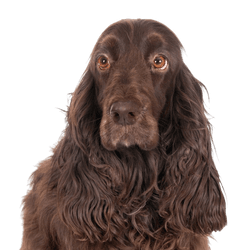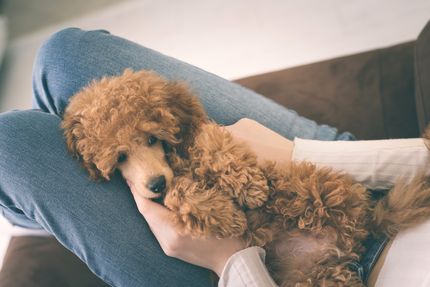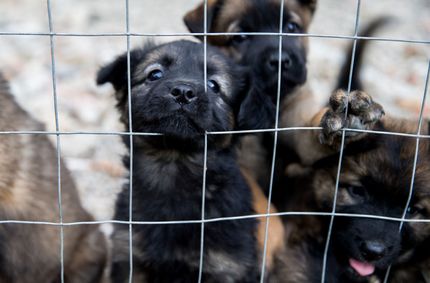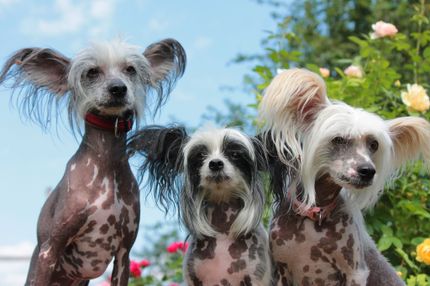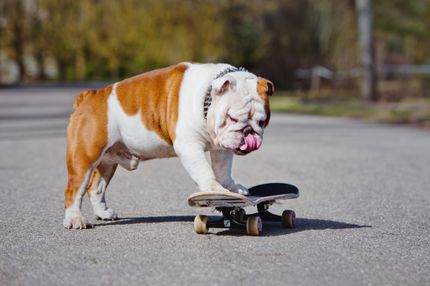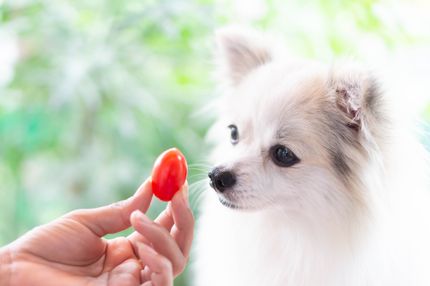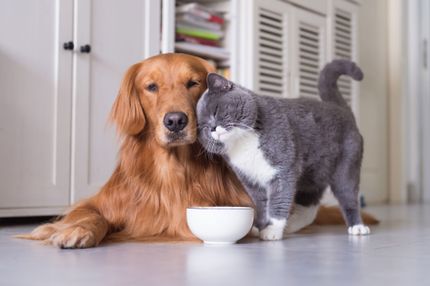Facts & Origin
Origin and history
The Swedish Lapphund, called "Svensk lapphund" in its native country, is one of the oldest dog breeds in Sweden. Its roots go back thousands of years:
- Origin: this dog was originally kept by the Sami, the indigenous people of the Scandinavian north. He helped herd the reindeer herds and protected them from predators.
- Recognition: It was not until the 20th century that the Swedish Lapphund was officially recognized as a breed, although its existence in Sweden has been documented for centuries.
Suitability and uses
Due to its long history as a working dog, the Swedish Lapphund is extremely adaptable and versatile:
- Herding Dog: His primary task was herding herds of reindeer. In this he showed great zeal and perseverance.
- Family dog: Despite his eagerness to work, he makes an excellent family dog. His friendly and loyal nature makes him an ideal companion.
- Watchdog: His alert nature and vigilance also predestine him to be a watchdog. He will defend his family and home without hesitation.
Special Characteristics
- Voice: One of the outstanding characteristics of the Swedish Lapphund is his voice. He has a wide repertoire of sounds, from barking to yelping, which he used effectively when herding.
- Climate: thanks to its thick, weather-resistant coat, it is particularly well adapted to cold climates.
Conclusion
The Swedish Lapphund is not only a part of Swedish history, but also a versatile and reliable partner. Whether as a working dog in the Nordic regions or as a family dog, it impresses with its loyalty, intelligence and adaptability.
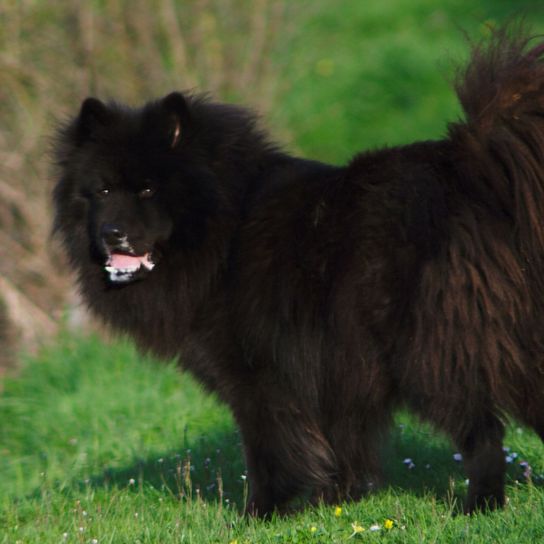
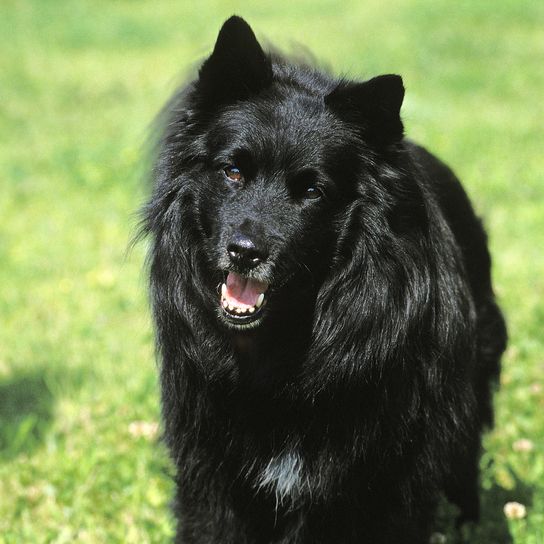
| Alternate Name | - |
| Origin | Sweden |
| Life expectancy | 12 - 13 years |
| Care requirements | low-maintenance |
| Activity level | average |
| FCI group | Nordic Watchdogs and Herders |
| AKC group | Foundation Stock Service |
| KC group | not recognised |
Attitude, character and temperament of the breed
Loyal and friendly nature
The Swedish Lapphund is known for its extraordinary loyalty and friendliness:
- People-oriented: This breed builds a close and deep bond with its people. His loyalty and affection are remarkable.
- Child Friendly: Due to its patient and gentle nature, it gets along excellently with children and is often very protective of them.
Willing to work and intelligent
As a traditional herding dog, the Swedish Lapphund brings many qualities to the table:
- Eagerto learn: his intelligence and eagerness often make training a joy. He learns quickly and aims to please.
- Stamina: When working, he shows impressive stamina and concentration. His eagerness to work should not be underestimated.
Alert and attentive
Despite his friendliness, the Swedish Lapphund also has a keen alertness:
- Protective instinct: His family and home are sacred to him. When threatened, he can be quite determined and courageous.
- Varied sounds: As already mentioned, he is also known for his various vocalizations. He uses these not only when herding, but also to warn of visitors or irregularities.
Final words
The Swedish Lapphund impresses with a balanced and versatile nature. He combines a willingness to work and intelligence with a gentle and affectionate character. This makes him an ideal companion for families, but also for all those who want to know an intelligent and loyal four-legged friend by their side.
Character
Care requirements
The Swedish Lapphund has a dense, weather-resistant coat that requires special care:
- Regular brushing: To prevent matting and remove dead hairs, it should be thoroughly brushed at least once a week. During coat changes, which occur seasonally, more frequent brushing is advisable.
- Bathing: Only when necessary should the dog be bathed. His coat has natural oils that make it water repellent and dirt resistant.
Health aspects
The Swedish Lapphund is generally a robust and healthy dog. However, there are some points that should be taken into consideration:
- Hip Dysplasia: Like many medium to large dog breeds, the Swedish Lapphund can be prone to hip dysplasia. Regular examinations and a healthy weight are recommended as preventative measures.
- Eye Problems: Some lines may be prone to certain eye diseases. Regular eye examinations are therefore advisable.
Breeding and responsibility
When considering breeding a Swedish Lapphund, the following aspects should be considered:
- Breeding standards: it is important to follow the breeding standards set by breed associations. These are used to maintain the breed characteristics and the health of the dogs.
- Health examinations: Before breeding, both parents should be examined for known genetic diseases.
- Socialization: puppies should be socialized early and carefully to ensure that they grow into well-adjusted and healthy adults.
Conclusion
Proper care and responsible breeding practices are critical to ensuring the quality of life and health of the Swedish Lapphund. An informed and dedicated owner will have many years of enjoyment from this special four-legged friend.

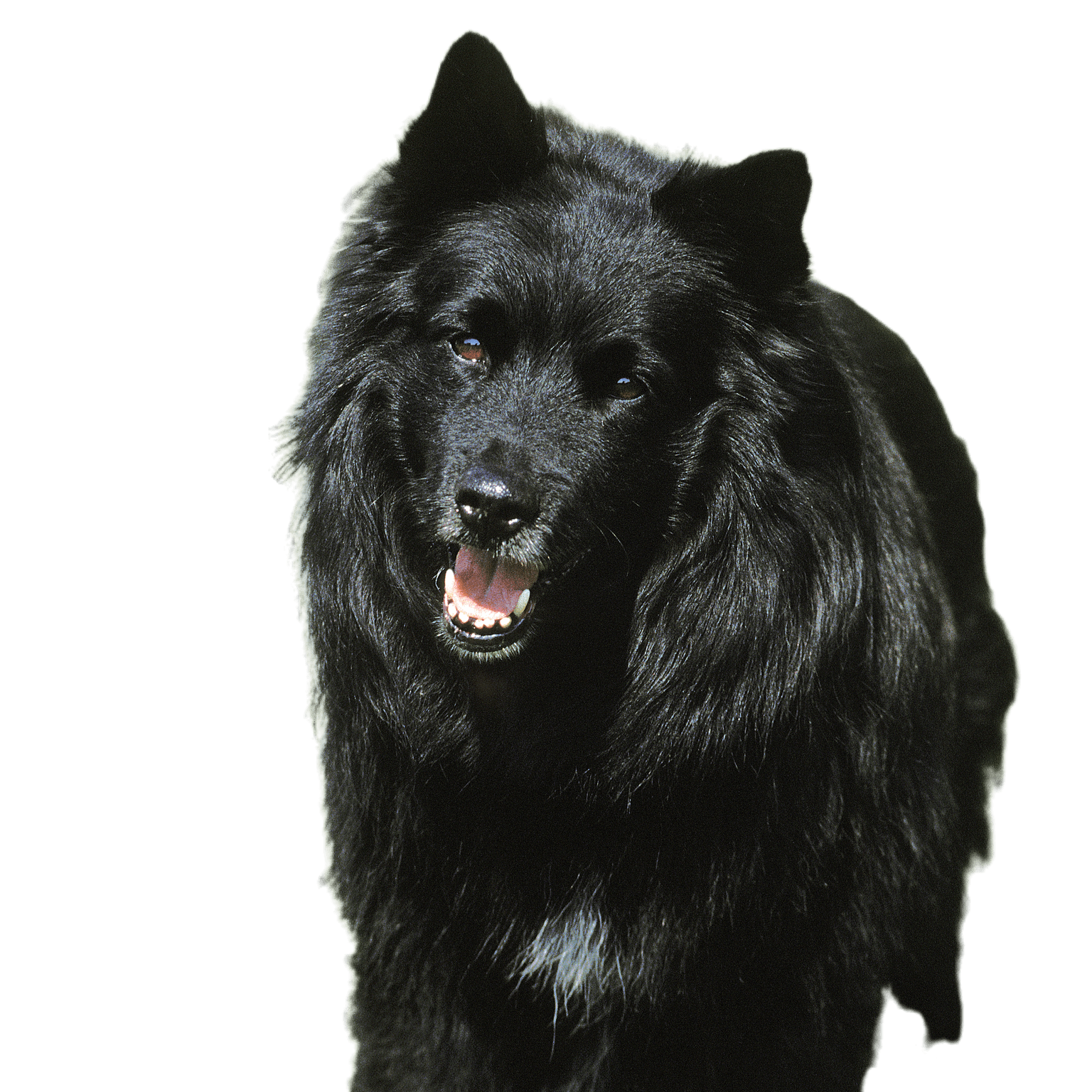
Distinctive coat
One of the most prominent characteristics of the Swedish Lapphund is its dense and weather-resistant coat:
- Texture: the coat is dense, straight and of medium length with a soft, dense undercoat. This provides him protection against harsh climatic conditions.
- Color: Typically black, but may appear in other colors such as brown. Some specimens may have small white markings.
Impressive appearance
The Swedish Lapphund has a combination of features that give it a unique appearance:
- Face: The expression is alert and intelligent, characterized by dark, oval eyes and a black nose.
- Ears: The ears are medium-sized, pointed and stand erect, which contributes to its alert appearance.
Size and weight
The size and weight vary according to sex:
| Sex | Height (cm) | Weight (kg) |
|---|---|---|
| Males | 45-51 | 17-20 |
| Bitches | 40-46 | 15-18 |
Summary
The Swedish Lapphund impresses with its dense coat and striking appearance. Its size and weight make it a medium-sized dog that is both rugged and elegant. With its characteristic black (or brown) coat color and alert ears, it is a distinctive and proud representative of its breed.
| Fur length | long |
| Fur | - |
| Ear shape | Standing Ears |
| Tail | rolled up |
| Anatomy | strong |
| Size ♀ | 40 - 46 cm |
| Weight ♀ | 15 - 20 kg |
| Size ♂ | 45 - 51 cm |
| Weight ♂ | 15 - 20 kg |
| Suitable For | - |
Known Diseases
Hip dysplasia (HD)
Hip dysplasia (HD) is a genetic condition in dogs where the hip joint is not shaped properly. This leads to pain, stiffness and restricted movement.
Progressive Retinal Atrophy (PRA)
Progressive retinal atrophy (PRA) is a slowly progressive death of the retina in dogs.
Diabetes
The metabolic disease diabetes often occurs in overweight dogs.



